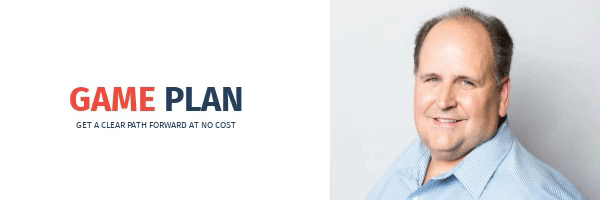Whether you are expanding to a second (or third, fourth) location, or adding a new service line to your business, seasons of growth take your business into new levels of risk that require innovation. And beyond just the opportunity for new revenues and profits, the innovative thinking that goes with the expansion process and your business marketing strategy is actually important to the rest of your business too.
Growth can take many forms, and often include one or more strategies, like:
- Adding new products and services
- Increasing sales of products and services to your existing customers
- Expanding into new territories
- Targeting new customer markets
- Tapping into new sales by adding delivery channels
- Growth through acquiring another business
Some common choices that small business and corporations often make are the inclusion of new service lines, new channels, and added locations. In healthcare, growth strategies often include adding ancillary services, and for many service businesses like home care and home health, growth happens by adding territories. Adding digital service and new sales channels is a frequent choice for a broad variety of businesses.
What all business growth strategies have in common- customers
Business growth strategies all require two big things - the implementation of capital and the need to expand the audience of customers. The closer these two things occur in sequence, the faster our investment of human and financial capital will create a return.
Bringing launch and audience together quickly takes careful planning. Traditional business planning builds in long break even points, and some don’t really care how long it takes. But that is not the reality for most business owners or investors who want to calculate their ROI. In disruptive business strategies such as both lean startup and agile development, velocity (the speed toward the goal) is really important. The cash burn rate in development and business growth has a big impact on total costs.
A Definition: Audience Velocity
How long it takes for a new business activity to secure an audience that will purchase its product or service.
Put simply, audience velocity is how quickly you build an active customer base for a new service, location or product. This factor can make the difference between fast return of capital, profitability, and long cash burn. Don’t be confused by the term audience - these are customers who take your story (and your product or service) along with them to share with their personal audiences. This expanding circle of people form the consumer group that sustains a new service or location.
“Getting to break even” may be the common financial goal, but that achievement is only a byproduct that follows the achievement of gathering a crowd of consumers who become loyal to the product.
Three strategies to squeeze out the risk
While it’s usually investors that want to squeeze risk out of a deal, business owners who are less entrepreneurial (or highly leveraged) can get pretty concerned about how long it takes to build an audience of customers too. The essence of dealing with the risk of slow customer development comes down to both the market fit of the product and its pricing, as well as the marketing strategy. If either one misses the point, it can be hard to create the right audience velocity.
- Using a lean startup approach is a great way to ensure product/market fit. They focus on creating a minimally viable product (the simplest version that you can sell), and putting that in front of potential customers. The feedback and early adjustments that this provides can bring dramatic improvement to growth outcomes.
- The lean startup approach also has something else right - building a deep understanding of the prospective customers. Using a marketing approach that includes effective development of marketing personas will ensure that you know who your customer target is, and their preferences for communication.
- Prioritizing the growth of your customer base from the beginning of the marketing effort will also help to shorten the time to break even. If you combine growth driven website development, with inbound marketing in a growth first approach, you can see much stronger outcomes much earlier.





.jpg)
.jpg)
